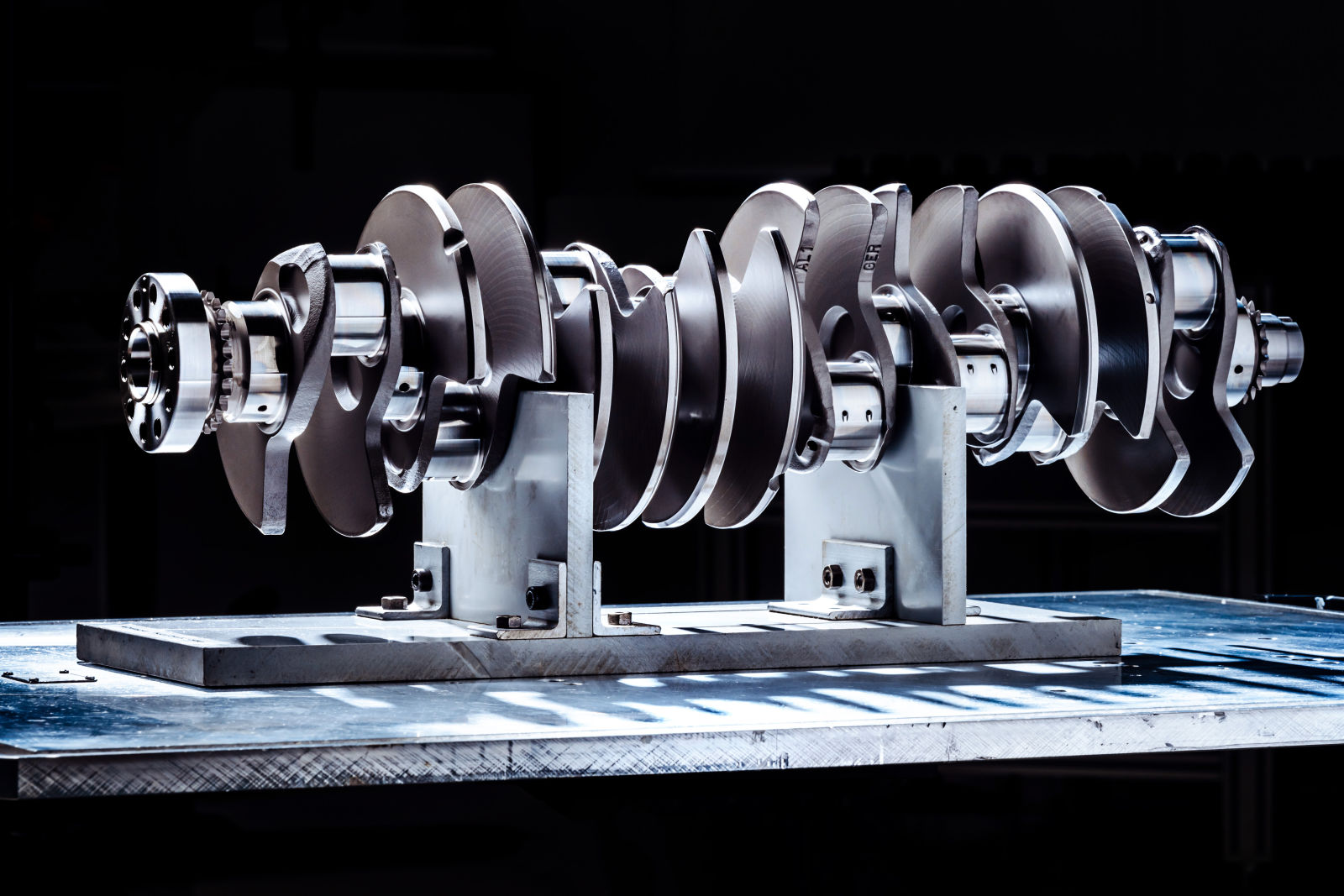Bugatti-Rimac CEO Mate Rimac has recently taken to social media to offer a fascinating glimpse into the intricate world of automotive engineering. He unveiled early prototype V16 engine internals that Bugatti has considered for its highly anticipated Chiron successor.
This revelation comes hot on the heels of Bugatti’s official announcement detailing the upcoming hypercar’s powertrain, confirming its utilization of a potent V16 engine with hybrid assistance.
Rimac’s unveiling aimed not only to showcase the impressive progress in the development of the Chiron successor but also to address skepticism surrounding the authenticity of the engine, particularly in an era rife with AI-generated content.
Rimac’s disclosures shed light on the meticulous development process of the Chiron successor. The images he shared showcased engine components meticulously tested on dynamometers as far back as November 2022.
This behind-the-scenes peek into Bugatti’s engineering endeavors hinted at a host of other surprises awaiting enthusiasts with the unveiling of the new hypercar.

Rimac hinted at Bugatti’s approach, emphasizing the brand’s reverence for its storied heritage and commitment to craftsmanship, juxtaposed against Rimac Automobili’s electric-centric ethos and focus on pushing the boundaries of performance.
In addition to offering insights into Bugatti’s engineering marvels, Rimac also weighed in on the hotly debated topic of electric vehicle acceleration. Responding to inquiries about Elon Musk’s audacious claim regarding the Tesla Roadster’s ability to sprint from 0-60 mph in under a second, Rimac provided valuable perspectives.
While acknowledging the feasibility of such a feat through simulations, he underscored the practical challenges associated with achieving such blistering acceleration in road-going vehicles.
Rimac highlighted the inherent limitations, including dead weight concerns post-60 mph with thrusters and the necessity for robust propulsion systems to support such extraordinary performance.
Although student projects have demonstrated remarkable achievements in custom karts, Rimac cautioned that translating such feats to production road cars poses significant hurdles.
Despite the allure of pushing the boundaries of acceleration, Rimac echoed Musk’s sentiments that thrusters might indeed represent a viable solution for achieving unprecedented speed.
However, whether the Tesla Roadster will adopt such groundbreaking technology remains a tantalizing question yet to be answered definitively. As automotive enthusiasts eagerly await further developments, Rimac’s insights offer a captivating glimpse into the future of automotive innovation and performance.
Also read: Bugatti Veyron Saga: From Cowell’s Ownership to Exclusive Auction

